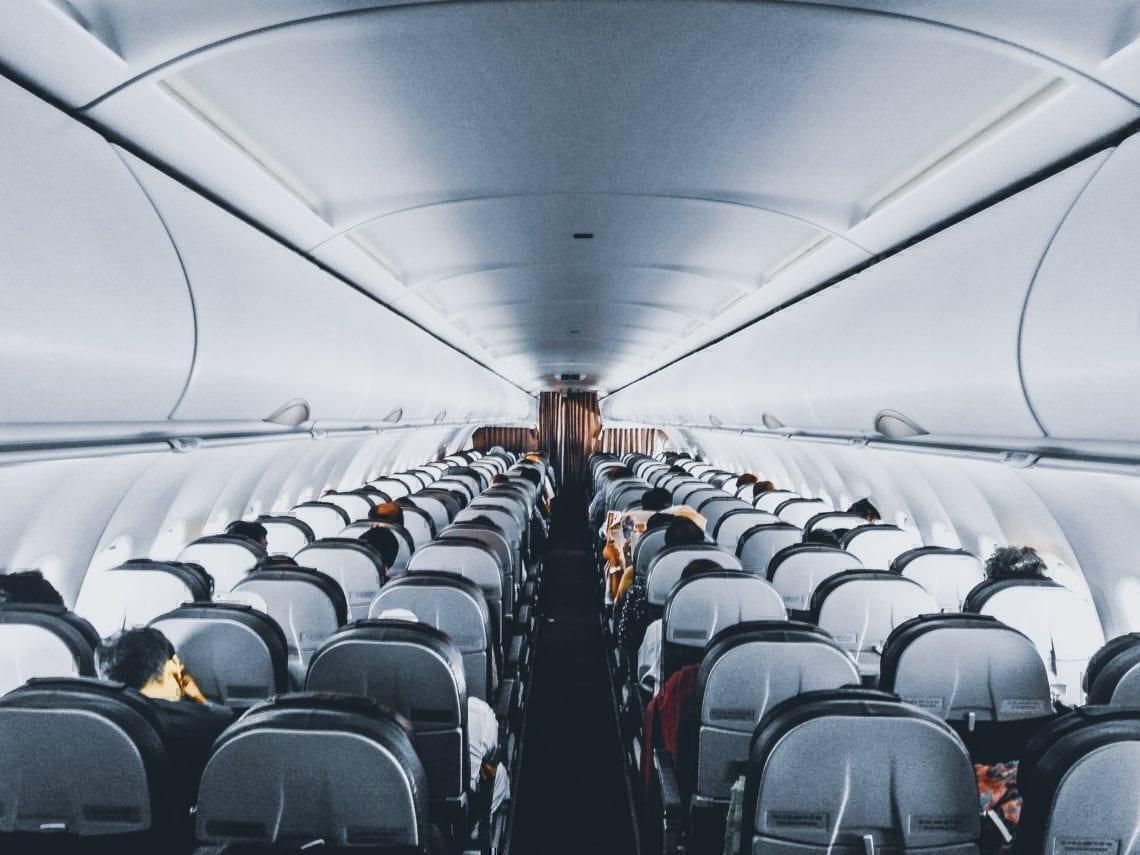With the number of commercial flights crossing the world each day topping 100,000 – and over 24,000 in the US alone – it’s sometimes difficult to imagine how the majority of them are often at passenger capacity.
The truth is, due to fuel prices and the need to turn a profit, it’s increasingly difficult to find flights with empty seats. And as we continue to rely on air transport for business and pleasure, the demand for more flights to more destinations will only increase.
But there are some flights where you can spread out, relax, and be one of only a handful of passengers on a scheduled flight.
There are a number of reasons for this.
Scheduled flights have to fly… no matter how many passengers
Of all the flights I’ve been on in my life, I can think of two instances where there were only a handful of passengers on board.
The first was on a Delta 767 flight from London Heathrow to New York JFK. I was one of around twenty people on the flight in economy. On an aircraft that’s designed to handle around 350 people, it was an incredible experience.
And take it from me, you get impeccable service and as much food and drink as you want.
The same can be said for the other empty flight I’ve experienced – an American Airlines 737 from Los Angeles to Cabo San Lucas – where I was one of five passengers on the flight.
This last example has a lot to do with Cabo being a tourist destination in the summer, and therefore, flights are busy. But I was travelling in January, so, you can see where I’m going with this.
Seasons have a big impact on capacity
It sounds obvious, but high and low seasons have a significant impact on the number of passengers flying a particular route.
And unlike charter flights that only run during peak season, scheduled flights need to operate on a timetable that’s agreed months, even years in advance – no matter how many passengers are aboard.
Indeed, in 2017 a woman flying with Jet2 from Glasgow in Scotland to Crete in Greece found that she was the only passenger on the aircraft.
She’d payed $60 for what was essentially a private flight. But as a spokesperson from Jet2 said, it’s common for the last flight of the season to fly empty.
Passengers can ease positioning costs
It’s no secret that airlines routinely position aircraft to different airports to cope with demand or simply because aircraft are in the wrong place. This could be as minor as moving an aircraft from JFK to Newark for example.
But it’s also common for airlines to monopolise on these flights and open them to fare paying passengers. Now this only works if it’s planned well in advance, but even with just a few passengers aboard, an airline can at least recoup some losses it would have otherwise incurred.
I remember a story in the press a couple of years ago about a man from Brooklyn who took a Delta flight from Cleveland to La Guardia and was the only passenger on board because the aircraft was needed for an onward flight from La Guardia later the same day.
Airline demand is measured by PLF
Passenger load factor (PLF) is the airline industry’s way of measuring on average how full planes are on specific routes or airlines.
It’s generally a good indicator of demand and also acts as a useful measure of efficiency.
But it certainly isn’t an indicator that an airline is failing or losing money. With the global PLF average at 81.4%, plenty of successful carriers such as British Airways, Turkish Airlines, and Emirates often fall below it.
On the contrary, British airline Monarch (which went bust in 2017) had a PLF of 82.3% two years before it ceased trading.
This perfectly illustrates that airline failures are far more complicated than passenger numbers alone.
Want to guarantee an aircraft all to yourself?
Certainly you can try to hedge your bets, and book a scheduled flight out of season to a popular summer holiday destination. But at the end of the day, you’re still sat in an economy seat on a commercial flight.
To get the true VIP experience on an empty aircraft, there are now many companies offering cheaper than average flights on private aircraft.
It’s because private aircraft owned by charter companies also need to position their aircraft to accommodate the next full fare-paying client.
So to recoup losses, these companies have started selling their empty legs at a fraction of the usual cost. The only catch is you have to fly a route offered by the company, and at a specific time.
Empty flights: great if you can get them, but increasingly rare
If you have an empty-leg story or you’ve flown on a private jet positioning flight, let me know in the comments below.

